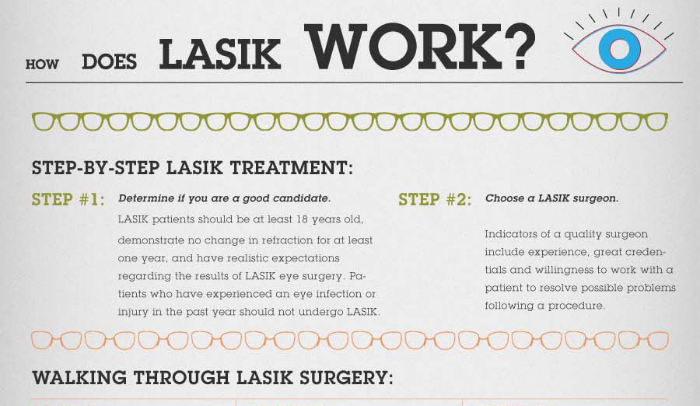If you're considering RLE surgery, it is very important to recognize the procedure and its implications for your vision. This innovative technique can attend to different vision problems by changing your all-natural lens with an artificial one. While RLE For Nearsightedness is normally secure and reliable, there are advantages and threats you ought to know. Let's discover what this surgical treatment entails and just how it could impact your lasting eye wellness moving on.
Comprehending Refractive Lens Exchange Surgical Procedure
If you're thinking about vision modification options, recognizing Refractive Lens Exchange (RLE) surgical treatment is vital.
RLE entails changing your eye's all-natural lens with a fabricated one to fix vision concerns like nearsightedness, farsightedness, or presbyopia. This treatment is similar to cataract surgical treatment, yet it's done on individuals who do not have cataracts.
During RLE, the specialist removes your gloomy or clear lens and implants an adjustable intraocular lens, tailored to your vision needs. The surgical procedure generally takes about 15 to 30 minutes per eye and utilizes regional anesthetic.
You'll likely experience fast recuperation, with enhanced vision often recognizable within days. Understanding the procedure assists you make notified decisions concerning your eye treatment and long-term vision wellness.
Conveniences and Dangers of RLE
RLE surgical procedure supplies many advantages, making it an enticing choice for those looking for vision modification. One significant benefit is the possibility for improved vision, typically removing the requirement for glasses or get in touch with lenses.
It can additionally resolve presbyopia and various other age-related vision concerns, boosting your general quality of life. Furthermore, RLE surgery generally has a quick recovery time and long lasting results.
However, it is necessary to think about the risks. While complications are unusual, they can include infection, blood loss, or adjustments in vision. Some individuals may experience glare or halos around lights.
Recognizing both the advantages and risks will aid you make an enlightened choice concerning whether RLE surgical treatment is the right selection for you. Constantly consult your eye treatment professional for tailored suggestions.
The Recovery Refine After RLE
After going through RLE surgery, your healing procedure plays a crucial duty in attaining the very best possible results.
In the very first few days, you'll experience some discomfort and fuzzy vision, which is regular. Ensure to follow https://philadelphia.cbslocal.com/2017/04/26/my-eyes-are-my-career-carson-wentz-undergoes-vision-correction-surgery/ -operative guidelines carefully, consisting of utilizing suggested eye goes down to prevent infection and minimize swelling.
Rest your eyes often, preventing screens and bright lights for the initial week. You must also refrain from difficult tasks, swimming, and rubbing your eyes for a minimum of a number of weeks.
Participate in all follow-up consultations to check your healing progression.
As your eyes readjust, you'll discover renovations in your vision. Perseverance is essential-- give your eyes time to recover fully and enjoy your new view!
Final thought
To conclude, RLE surgical treatment can be a life-changing option for correcting vision problems. By recognizing the treatment, its advantages, and prospective risks, you can make an educated selection regarding your eye health and wellness. While the recovery procedure might include some first discomfort, several patients take pleasure in improved vision and a better quality of life afterward. If you're taking into consideration RLE, speak to your eye care specialist to see if it's the right option for you.
